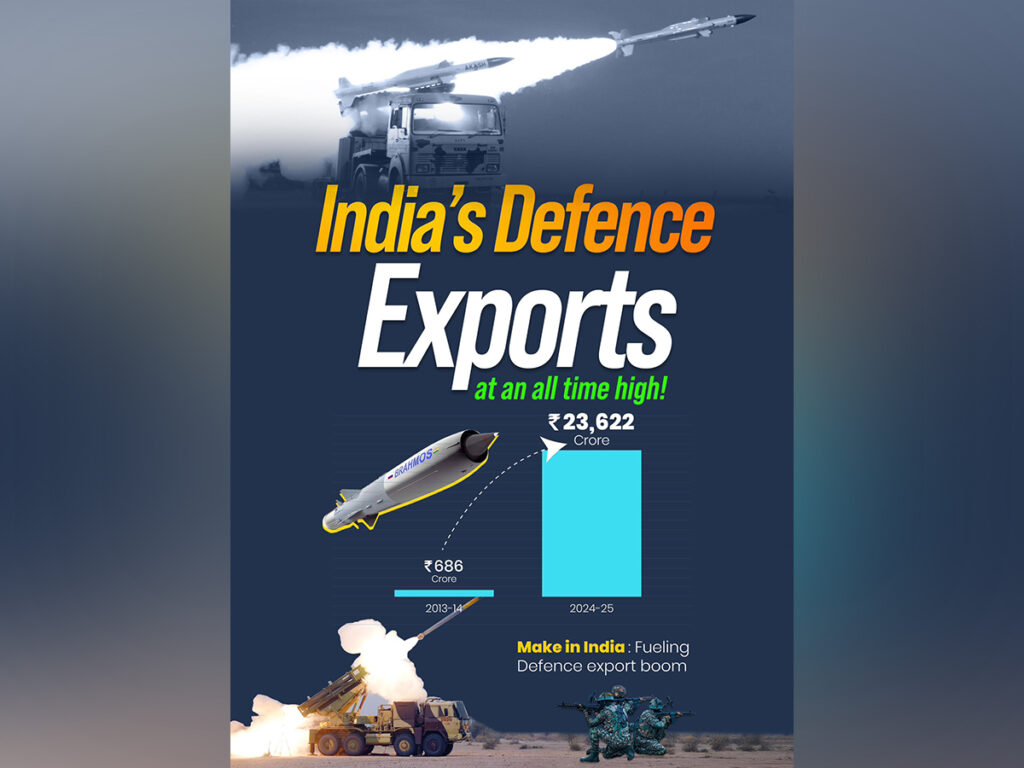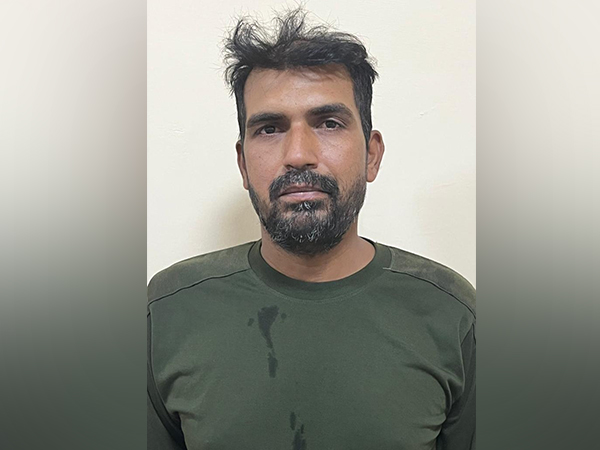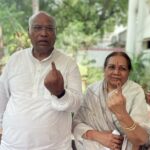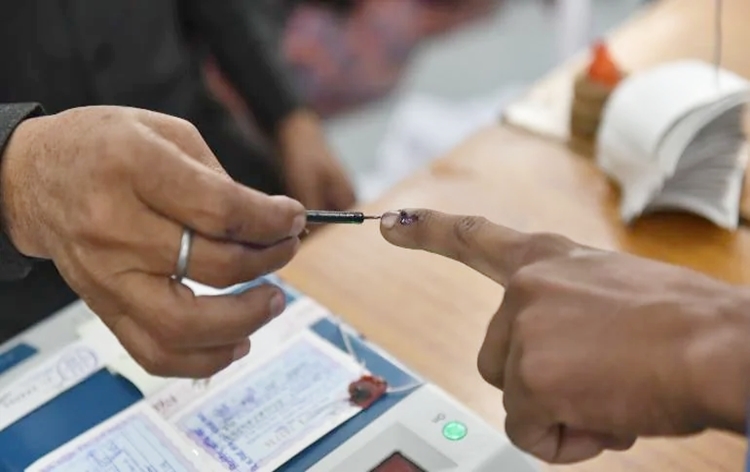Lok Sabha Election 2024, Phase 3: A Midway Reflection
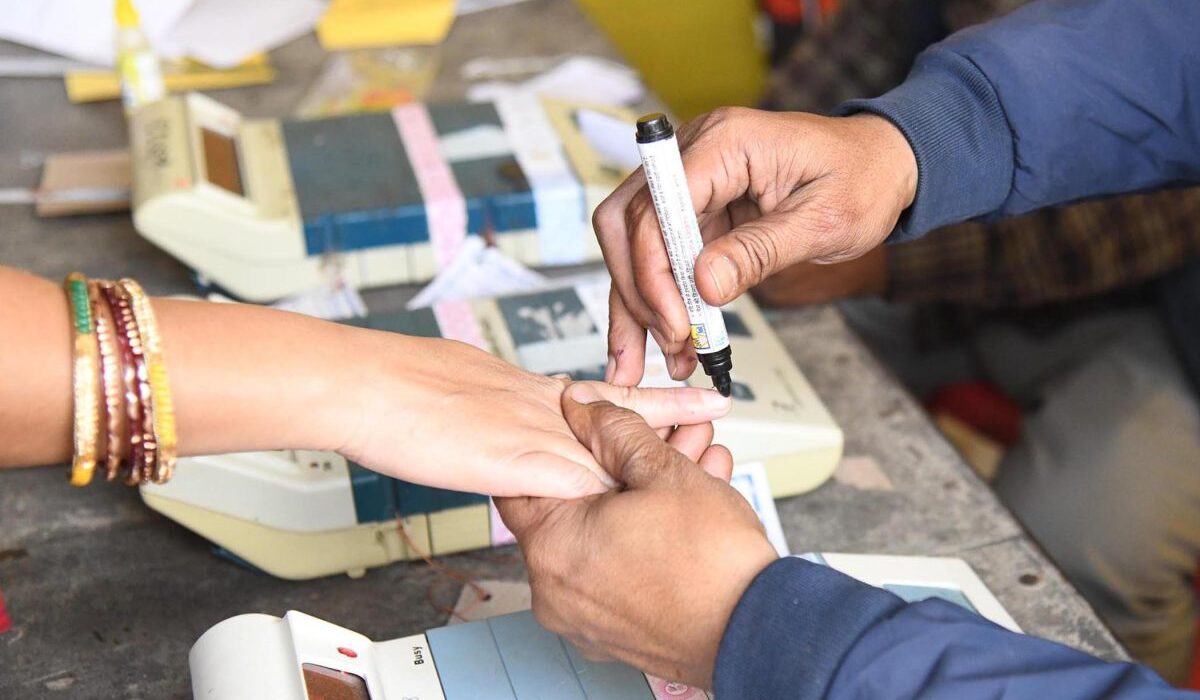
As India is voting for Phase 3 of its Lok Sabha Elections 2024 today, it marks the completion of half of the electoral journey, with Phase 1 and Phase 2 witnessing polling in 190 constituencies. Phase 3 brings 93 more constituencies into the fold, totaling 283 out of the 543 parliamentary constituencies, representing 52% of the total. BJP and its allies won 75 of 93 in 2019, and the current phase is crucial and important for India’s ruling party. 11 seats were won by current INDIA bloc parties.
Voting for Tamil Nadu’s all 39 parliamentary constituencies was done in the first phase. Kerala’s all 20 parliamentary constituencies went to polls in the second phase. Gujarat is voting today for all of its constituencies. The election for Rajasthan’s 25 parliamentary constituencies was held in the first and second phases, while for Karnataka, the electoral process for its 28 seats will be over today. Assam’s 14 and Chhattisgarh’s 11 parliamentary constituencies saw an electoral process spread over three phases, with elections ending in these states today.
Also, as of Phase 3 today, Uttar Pradesh has completed elections for 26 parliamentary constituencies, while Bihar has concluded elections for 14 parliamentary constituencies. The election for Madhya Pradesh’s 21 parliamentary constituencies, Maharashtra’s 24 parliamentary constituencies, and West Bengal’s 10 parliamentary constituencies will be over today. These figures reflect the current status of electoral activity in these key states up to Phase 3 of the election process.
The battleground of Gujarat has seen a brilliant start for the BJP, a party entrenched in power in the state since 1995. Notably, one seat has been declared uncontested in favour of the BJP, underscoring its dominance in the state. In the crucial Gandhinagar constituency, held by Union Home Minister Amit Shah, the BJP aims to maintain its stronghold. Bharuch in the state will see an AAP candidate. In the 2019 election, the party won all 26 seats in the state with 63% of the votes. Congress got 32% of the votes.
Maharashtra presents another critical state, where the INDIA Alliance faces the challenge of defending six out of eleven seats up for grabs, while the NDA contends for five. Notable contests include Baramati, where NCP’s Sunetra Pawar, wife of Ajit Pawar, and Supriya Sule, daughter of Sharad Pawar, vie for supremacy. It is a battle of political legacy and one of the reflections of who is going to win the Pawar legacy battle.
In Madhya Pradesh, all eyes are on the Vidisha constituency, with former Chief Minister Shivraj Singh Chouhan in the fray, symbolizing the BJP’s resolve to retain its stronghold. Additionally, the Guna constituency is expected to witness a good battle between Jyotiraditya Scindia of the BJP and Rao Yadevendra Singh of the Congress, who left the BJP and joined Congress. Congress’ old warhorse Digvijay Singh is also in the electoral field this time from the Rajgarh PC.
The electoral dynamics extend to other states like Uttar Pradesh, Bihar, and West Bengal, where every seat holds strategic importance.
Can the BJP demonstrate its dominance in the Goa assembly elections by winning both seats in the state? In the 2019 elections, both the BJP and Congress secured one seat each. Goa has been a state of party-hopping leaders recently, and BJP winning both seats after retaining its government in the state would be another political development here.
Out of the 10 seats in Uttar Pradesh, the BJP clinched victory in 8. Key battlegrounds include Mainpuri Parliamentary Constituency, where the wife of former CM Akhilesh Yadav is challenging BJP’s and BSP’s candidates. It is a survival battle for Akhilesh Yadav and the whole Yadav family against BJP’s absolute political domination in the state since Lok Sabha and assembly elections in the last decade. SP has the challenge not just to defend Mainpuri and Sambhal seats it won last time but also to increase its numbers as well if it has to remain alive in the political race in India’s populously largest state.
In West Bengal, the distribution this time is 2+1+1, with four seats up for grabs. TMC emerged victorious in two – Jangipur and Murshidabad, while BJP won Malda Uttar and Congress secured Malda Dakshin. Will the tables turn, with some political strategists predicting BJP to be the number one party in the state post this Lok Sabha election?
As the campaign progresses towards the third round, the NDA and INDIA alliance exchange accusations and rebuttals concerning the reservation issue. The opposition persists in alleging that the BJP aims to amass over 400 seats to amend the Constitution and revoke reservations for SCs, STs, and OBCs. In response, Modi suggested that the Congress would shift the SC, ST, and OBC quota to its “Muslim vote bank” if it came into power.
Phase 1 & 2 have seen lower voter turnouts, which stood at 66.1% and 66.7%, respectively. In 2019, it was 69.4% and 69.2%, respectively, for both phases. However, low voter turnout in the first two phases has been challenged by SBI Research, labelling it as a myth. In a report titled “WHITE NOISE: A J-SHAPED voting on the anvil,” SBI Research dismissed the current discourse surrounding the supposedly low voter turnout, stating, “Provisionally, a total of 20.7 crore voters cast their votes in 2024 as compared to 20.6 crore casting their votes in 2019, an increase of 8.7 lakh voters.”




